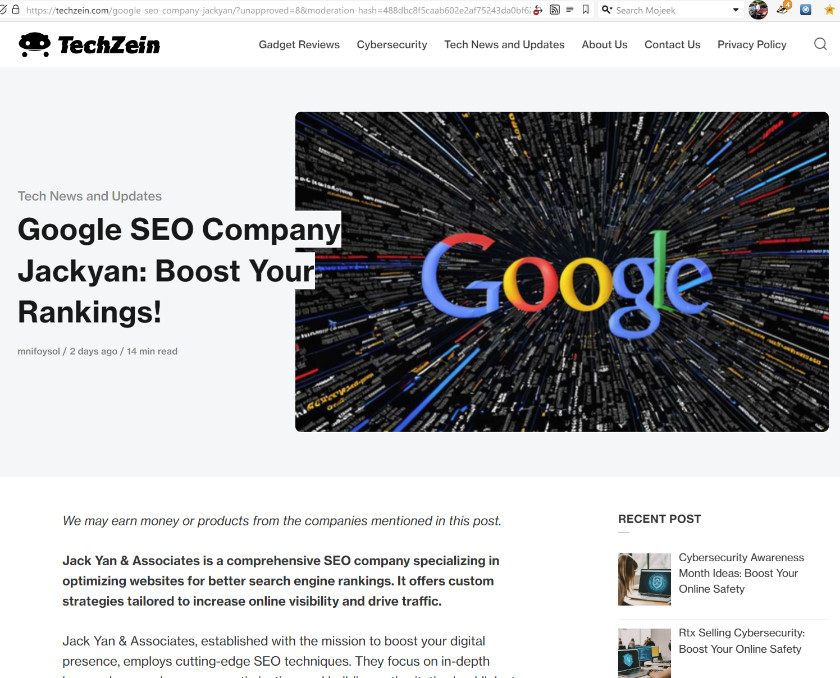When I first started working, there was a profession called corporate identity. It wasn’t called branding. I noticed the vernacular change in the 1990s, more so in the early 2000s when even Wally Olins started using it more to describe what Wolff Olins did. You just have to follow the market.
We’re at a point now where the vernacular is changing again. Organizations are more concerned about what they stand for and their identity. It’s not just about an attractive logo and colours. Differentiation rests in the heart and soul of the organization, whether it’s a good (corporate or otherwise) citizen or not. It drives everything from public perception to whether it’s a good place to work. Whether people within feel a sense of pride and belonging. And whether those outside want to display their connection or affiliation to it.
These are all aspects of identity. If you reduce them to a person, you can make parallel claims. A person isn’t about dressing nicely. It’s about their heart and soul, whether they’re a good citizen or not. It drives their reputation to whether they’re a good person to work with. Whether those around them feel a sense of friendship or kinship. You get the idea.
The other shift I’ve noticed of late is that design is being downplayed by some organizations—to everyone’s detriment. There has been a shift in the marketing world to digital marketing. Look at most of the sits vac in marketing. The requirements are mastery of social platforms, CMSs and search-engine marketing. Being able to communicate to design agencies or designers doesn’t appear often. Those organizations cutting back by bringing the design function in-house also don’t appear to be investing in training as much, with far too much emphasis on set templates that contribute little to brand equity.
I understand those who require CMS work, and those who need to optimize online shops, but social and search are areas that, to me, now passé. And none of this works without good design.
Let me explain: it should be apparent to anyone that the era of Big Social is coming to a close. Elon Musk’s profile has aided that, but even without him, that was where the industry was heading. You cannot trust audience figures, and the brands themselves are increasingly meaningless. Does anyone display the Facebook logo with pride? Or the Twitter bird? Yes, Tiktok and Instagram are still being used by some creators, and even some big brands connect to them, but the trend, to me, is about building up your own presences again. Tiktok and Instagram are channels, like a TV network or radio station is a channel, and should be treated as such. If you don’t own it, then those aren’t really your brand spaces. I still feel they are spaces for the individual and not the organization. By all means, have each of your staff use them. Use your own. Promote the things you find you are proud of about the organization. They are great for personal stories and people engage with those. The minute you make it corporate or organizational, the one-to-one quality that they are actually good at disappears.
Search is becoming increasingly fuzzy because of bots, spun sites, and now LLMs. As a result, the search engines—Google being the culprit—are not finding things as easily as they once did. And if Google didn’t fund these pages through advertising we’d be fine, but the surveillance machine is just too hungry and the tech giant is too unwieldy to be able to get off its addiction.
We are coming to the mid-2020s when ideas of integrated marketing communications need to resurface—not that they ever went away. But Big Social lured many away from ranking IMC as highly, fooling people into thinking that it’s OK for your corporate symbol to appear in a box within the walls of Facebook or Twitter. And you know, it’s not. It never has been.
Your brand, your identity, should be front and centre, and your online presences should be more appealing places to go.
So absolutely, digital marketing is a must—as is every other form of marketing and every other medium. It is not how many have defined it, with untrustworthy social media metrics and SEO. It is, instead, about creating the sort of appealing design and content that has people coming to you and returning. This is the era of kōrero.
Designers are in fact needed more than ever, to integrate every medium, on- and offline. Online we need to break free of the standard templates that we constantly see. Everything needs to match and reinforce the corporate or organizational identity. And social media, while still part of the mix, need to be downplayed.
My earlier research still holds true: getting your corporate identity and brand right leads to improved performance, depending on the metric you want to focus on, whether it’s sales or member numbers or the amount of money you get from your funders. However, it is not an equation where Big Social or search contribute as much as you think. It’s down to your own efforts and the efforts of those you inspire. Those who understand this new world—which actually has more elements of an earlier era—stand to fare far better.






